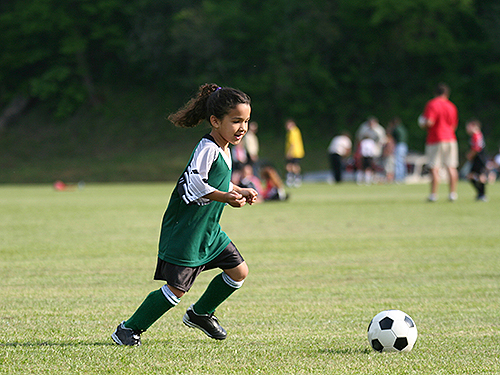
Fact Sheet FS1060
How to Calculate Your Child’s Body Mass Index (BMI)
Get Kids in Action is a partnership between the University of North Carolina at Chapel Hill and the Gatorade Company. Get Kids in Action aims to increase physical activity among children in order to reduce and prevent obesity. They have information for parents and kids on obesity, a BMI calculator, suggestions for activities, and healthy eating tips.
U. S. Department of Agriculture (USDA) Children’s Nutrition Research Center at Baylor College of Medicine is dedicated to defining the nutrient needs of children, from conception through adolescence, and the needs of pregnant women and nursing mothers. The website includes a BMI calculator, a kids’ energy needs calculator, and daily requirements for nutrients in children, based on their age.
Healthy Tips for Your Family
Eating healthy can be a challenge for busy parents. It takes planning ahead to make sure that your children are eating nutritious foods that will help with their growth and development. Here are some tips:
- Eat meals as a family as often as you can. Eating healthy foods together as a family will help your children learn healthy eating habits. Regular family meals also give you a chance to check in with each other.
- Eat breakfast. Studies show that kids learn better if they eat breakfast.
- Make healthy foods available. Stock your refrigerator/shelves with healthy foods.
- Limit fast food and other low-nutrient foods. There is no need to ban the chips and candy forever—just make these “once-in-a-while” foods.
- Add physical activity every day and stay active. Kids need regular physical activity (such as physical education programs in school) because it helps them both physically and mentally. According to the University of Michigan, physical education programs can help children do well in school, improve their self-image, and decrease bad behavior and drug use. Kids need to be more physically active to burn those less healthy foods they might eat. According to a 2019 Kaiser Family Foundation report, 8 to 18-year-olds spend an average of 7.5 hours a day on media, including watching TV, using the computer, playing video games, using cell phones, and texting. Studies have shown that the more TV kids watch, the more likely they are to be overweight. Kids can get exercise by:
For more information, visit Rutgers Cooperative Extension Department of Family and Community Health Sciences and Get Moving - Get Healthy New Jersey.
October 2020
Copyright © 2024 Rutgers, The State University of New Jersey. All rights reserved.
For more information: njaes.rutgers.edu.
Cooperating Agencies: Rutgers, The State University of New Jersey, U.S. Department of Agriculture, and Boards of County Commissioners. Rutgers Cooperative Extension, a unit of the Rutgers New Jersey Agricultural Experiment Station, is an equal opportunity program provider and employer.



